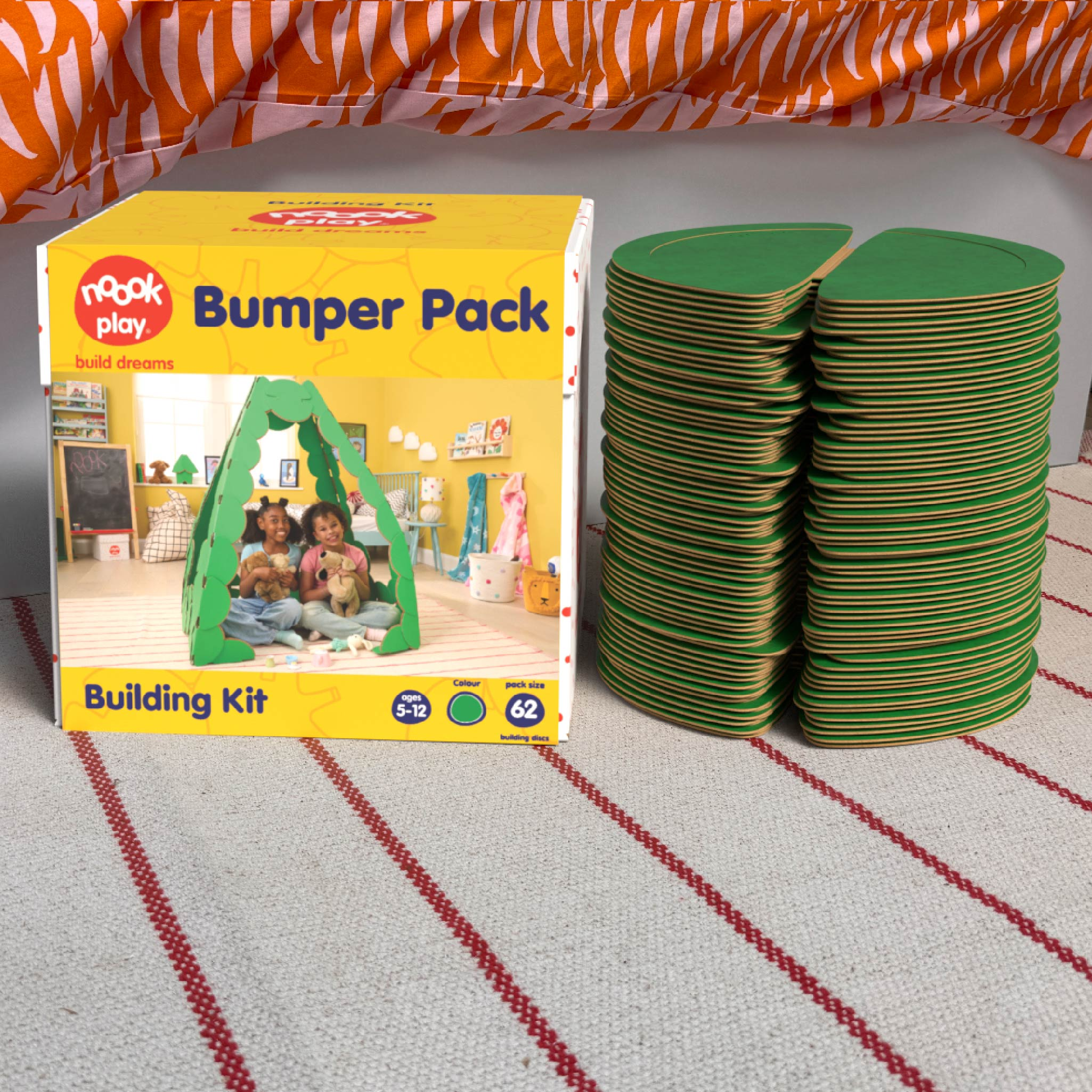Article: Learning-by-doing

Learning-by-doing
Behind noook play® is a very particular idea of 'good play'. A 'play' that isn't just fun, but is also developmental. Developmental, because it is a 'play' with some very special qualities. A 'play' that is active, engaged and immersive. A 'play' understands that we learn best when we are 'doing'.

'Doing’ can be an incredibly powerful way of learning. This may seem obvious, even cliché; something we've all heard a million and one times before. But, considering that most of us are still taught by ‘rote’. Repetition, Repetition, Repetition. It is worthwhile reminding ourselves why ‘doing’ is so effective.
In some ways it's actually quite difficult to pinpoint what it is about doing, that makes it so potent a teacher. At first glance, learning-by-doing can seem so straightforward that it barely deserves any explanation at all. Because, obviously you would learn about something if you just got on and did it. And while we think this is actually quite a good, common-sense explanation, learning-by-doing is a bit more subtle and nuanced than that makes it sound.
See, the really clever thing about learning-by-doing, and in turn playing, is that it is actually several different types of learning all rolled into one:
- Learning-by-doing is multi-sensory learning.
- Learning-by-doing is engaged learning.
- Learning-by-doing is direct learning.
- Learning-by-doing invites us to learn by trial and error.
Each of which is a powerful way of learning in itself. But when put together, they act as a really effective method for building memory, and more importantly, building understanding.
For instance, one of the reasons why doing is so powerful, is that learning-by-doing is embodied, multi-sensory learning. This feature helps us lay down strong, permanent memories that we can access easily. This is because, when we are doing, we are not only learning a particular lesson, but we are also getting a distinctive set of experiences to associate with it. A sight, a sound, a noise, a smell, a movement, a feeling. Something tangible. A kind of sensory mnemonic, that helps us store that memory effectively and allows us to retrieve it later.
Similarly, learning-by-doing is particularly powerful because it fosters engagement. Doing gives us something to get passionate about. Something to care for. And, if you care about what you are doing, you are more likely to put in the hard work. Importantly, doing something can make it clear to us why we are learning. It is the difference between learning about calculus for the sake of learning calculus. Or even learning calculus just to pass an exam. And learning about calculus to make a parachute, bike or engine work. Working in context like this, not only helps us understand what a particular ‘tool’ is useful for, but also why we should care about it at all. This alone can make all the difference and is why 'good play' can entice a level of effort and accomplishment that is rare to see in the classroom.
Furthermore, learning-by-doing gets straight to the point. Directly connecting subject with student. This point may seem unremarkable but just consider this: In every other form of learning, we're always being taught about things without ever having the direct experience of them. Relying instead, on the abstraction of other people's understanding. Certainly, for particular subjects, where other people have already formulated very clear ways to understand them, this can work really well. But especially in practical situations, this literal separation between subject and student almost always makes it harder to for us to understand.
Most importantly though, learning-by-doing sets up the opportunity for us to learn by trial and error. And trial and error is a truly profound method of learning. Outside of the abstraction of a textbook, doing puts us face-to-face with reality and all of its nuances. Instead of just reading about how something works in theory. Doing introduces us to how things work in reality. And almost inevitably, with what doesn't work in reality. Unquietly, it is doing that invites us to try something. Test it. See if it works. Or, if in fact, it doesn't work. And then, importantly, invites us to ask: "why?". This is an almost universal method for learning anything. So much so that if you manage to learn just this one thing, you have effectively learnt how to learn. Something that is all too often glossed over in conventional education. Which is frustratingly, too focused on teaching the curriculum that it forgets to teach learning.
Of course, there are many other ways of learning. And, depending on who you are, what you are learning and your personal objectives, learning-by-doing may not be the best tool for you. But nonetheless, 'learning-by-doing' is definitely powerful.
It's not surprising, then, that we effectively find a 'learning-by-doing' type method in play. A behaviour that isn't accidental. But one that has evolved over millions of years to be a tool that is carefully engineered to help us learn the behaviours and skills we need to survive.
Be it the tangible feel of stacking brick on brick. The all-absorbing experience of pretending to be a doctor in a role-play game. Or simply the direct way in which we learn how to interact with others while passing a ball. ‘Good play’ is almost always active, engaged and immersive. ‘Good play’ understands that we learn best by doing.


Leave a comment
This site is protected by hCaptcha and the hCaptcha Privacy Policy and Terms of Service apply.